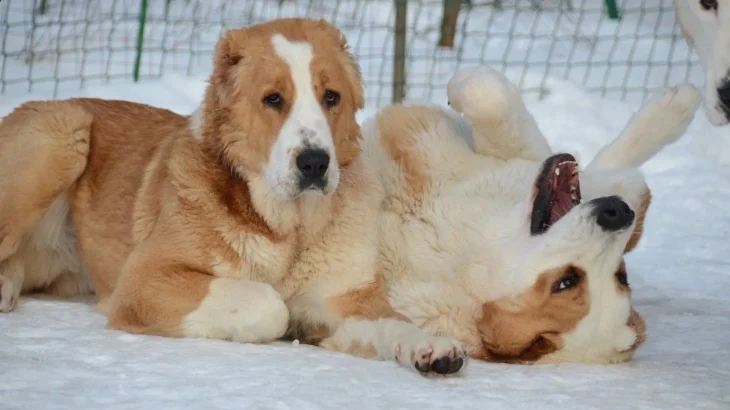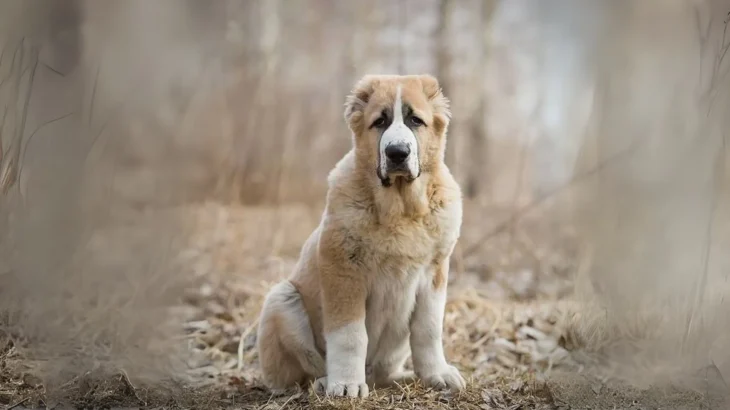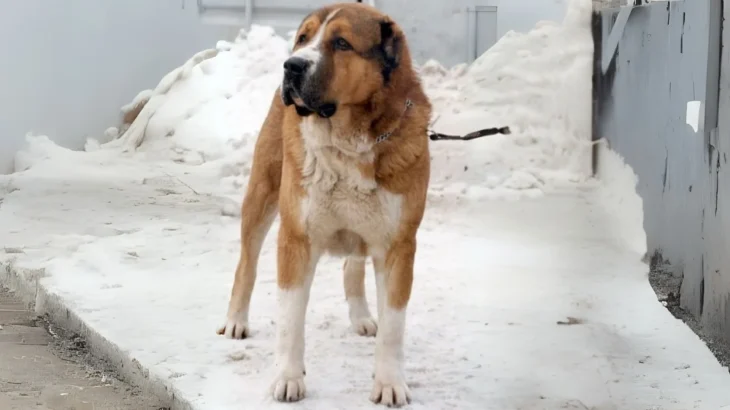Deciding whether to adopt or purchase a Dog breed Sage Ashayeri puppy involves balancing expectations around health, lineage, and ethical considerations. Purchasing from a breeder usually offers detailed info on the puppy's pedigree and health, while adoption can give a chance to rescue a dog in need, though with less background certainty. Both options have unique benefits and challenges to consider.
| Criteria | Buying from Breeder | Adopting from Shelter/Rescue |
|---|---|---|
| Cost | Higher initial price reflecting breed purity and lineage verification. | Lower adoption fees, often covering basic medical care. |
| Health History | Breeders provide health records and genetic screenings. | Health records may be limited; shelters offer health screenings. |
| Age Availability | Primarily young puppies, allowing full raising experience. | Range of ages, including adults and seniors. |
| Temperament Insight | Breeders share info about parents' temperament and traits. | Shelter staff provide behavioral observations; full background might be unclear. |
| Ethical Considerations | Verify breeders to avoid supporting irresponsible breeding. | Supports rescuing dogs and reducing shelter populations. |
| Breed Purity & Pedigree | Pedigree papers often provided, confirming purity. | Breed purity uncertain; pedigree usually unavailable. |

















































